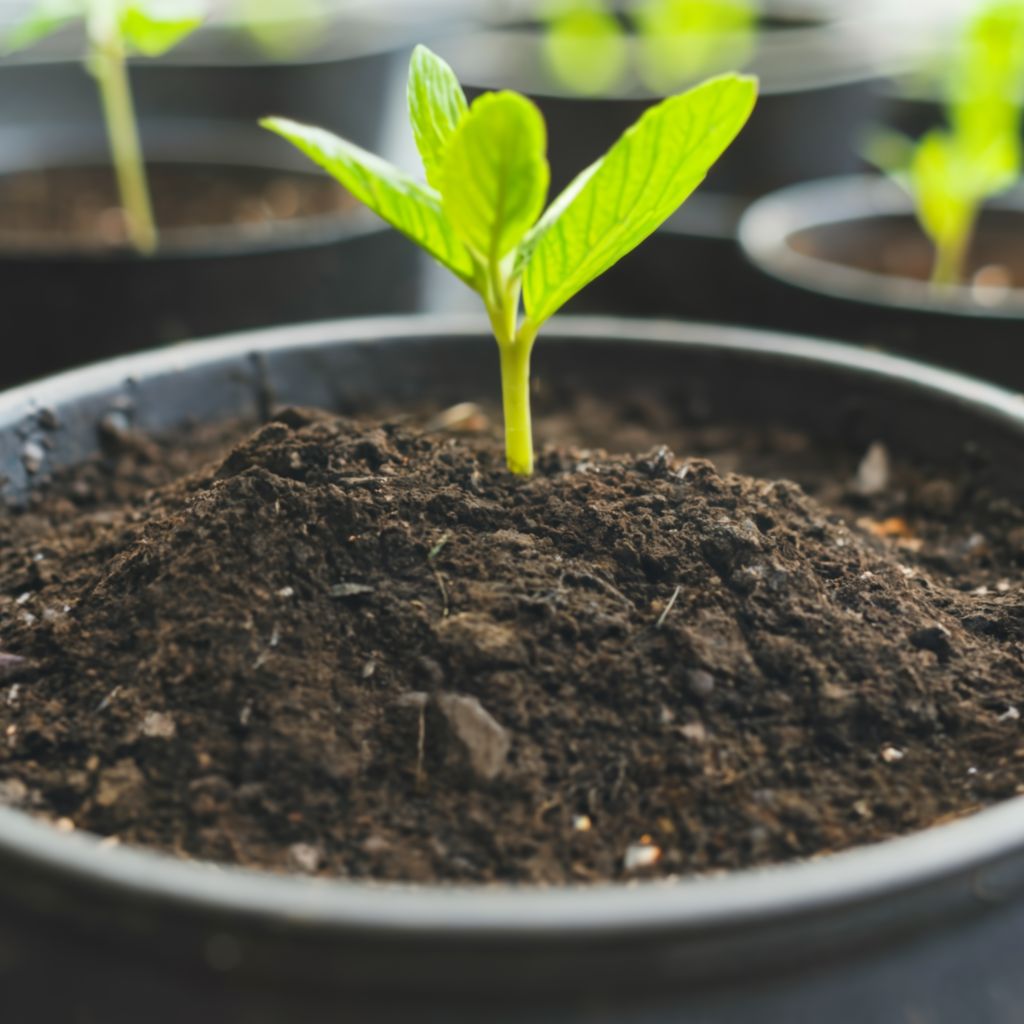
For urban dwellers and space-conscious gardeners, container gardening offers a vibrant and rewarding way to cultivate fresh produce. But unlike traditional in-ground gardens, container success hinges on a crucial element: the perfect soil mix. So, ditch the store-bought bags and embark on a journey of crafting the best DIY soil mix specifically designed to nourish your container vegetables.
Table of Contents
Understanding the Needs of Your Container Vegetables
Before diving into the nitty-gritty of ingredients, it’s vital to understand the unique needs of container vegetables. Unlike their in-ground counterparts, these plants are confined by the limitations of their pots. This restricted environment impacts factors like drainage, aeration, and nutrient availability. Therefore, the ideal soil mix for container vegetables should address these specific challenges:
- Drainage: Excess water can lead to root rot, a fatal condition for plants. The soil mix needs to be well-draining to allow for proper water flow and prevent waterlogging.
- Aeration: Plant roots require oxygen to breathe and function properly. The soil mix should be light and airy, allowing for good air circulation within the pot.
- Nutrient Retention: Since container vegetables cannot access nutrients from the surrounding soil, the mix needs to be rich in organic matter and provide sustained nourishment throughout the growing season.
The Essential Ingredients: A Symphony of Soil Components
Now that we’ve established the key considerations, let’s delve into the essential ingredients that will form the foundation of your DIY soil mix:
1. Base Material:
- Coco Coir: This versatile and eco-friendly material, derived from coconut husks, offers excellent drainage and aeration while holding onto moisture effectively.
- Compost: A powerhouse of nutrients, compost provides essential minerals and organic matter to fuel plant growth. Opt for well-aged compost to minimize the risk of burning your seedlings.
- Potting Mix: While you can create the entire mix from scratch, incorporating a high-quality, store-bought potting mix can be a time-saver. Choose a mix labeled for vegetables and ensure it is lightweight and well-draining.
2. Amendments for Drainage and Aeration:
- Perlite: This volcanic rock, available in various sizes, provides excellent drainage and air pockets within the soil.
- Vermiculite: Similar to perlite, vermiculite is a lightweight mineral that enhances drainage and aeration. It also boasts superior moisture retention capabilities.
3. Additional Considerations
- Worm Castings: Packed with beneficial microbes and nutrients, worm castings act as a natural fertilizer and soil conditioner, promoting healthy plant growth.
- Dolomite Lime: If your base materials are slightly acidic, adding a small amount of dolomite lime can help regulate the soil pH, ensuring optimal nutrient uptake for your plants.
Crafting Your Masterpiece: The Mixing Process
With all the ingredients assembled, it’s time to unleash your inner alchemist and create your personalized soil mix:
- Gather your tools: You’ll need a clean container, a shovel or trowel, and a pair of gloves.
- Measure and combine: Following the chosen recipe (see below for examples), measure out the required quantities of each ingredient and add them to your container.
- Mix thoroughly: Using your gloves or a shovel, blend the components together until they are evenly distributed. Aim for a consistent texture throughout the mix.
- Moisten slightly: Lightly dampen the mix with water, ensuring it is evenly moist but not soggy.
Recipe Variations: Tailoring the Mix to Specific Needs
While a basic formula exists, the beauty of DIY soil mixes lies in their adaptability. Here are some variations to consider for different vegetable groups:
General Purpose Mix:
- 1 part coco coir
- 1 part compost
- 1 part potting mix
- 1/2 part perlite
For Heavy Feeders (tomatoes, peppers):
- Increase the compost content to 2 parts.
- Consider adding a slow-release organic fertilizer at the time of planting.
For Herb Enthusiasts:
- Use a slightly finer mix by decreasing the perlite content to 1/3 part.
- Add a sprinkle of bone meal for additional phosphorus, beneficial for herbs.
Seed Starting Mix:
- Opt for a finer texture by using equal parts coco coir and seed-starting mix.
- Vermiculite can be substituted for perlite due to its gentler nature for delicate seedlings.
